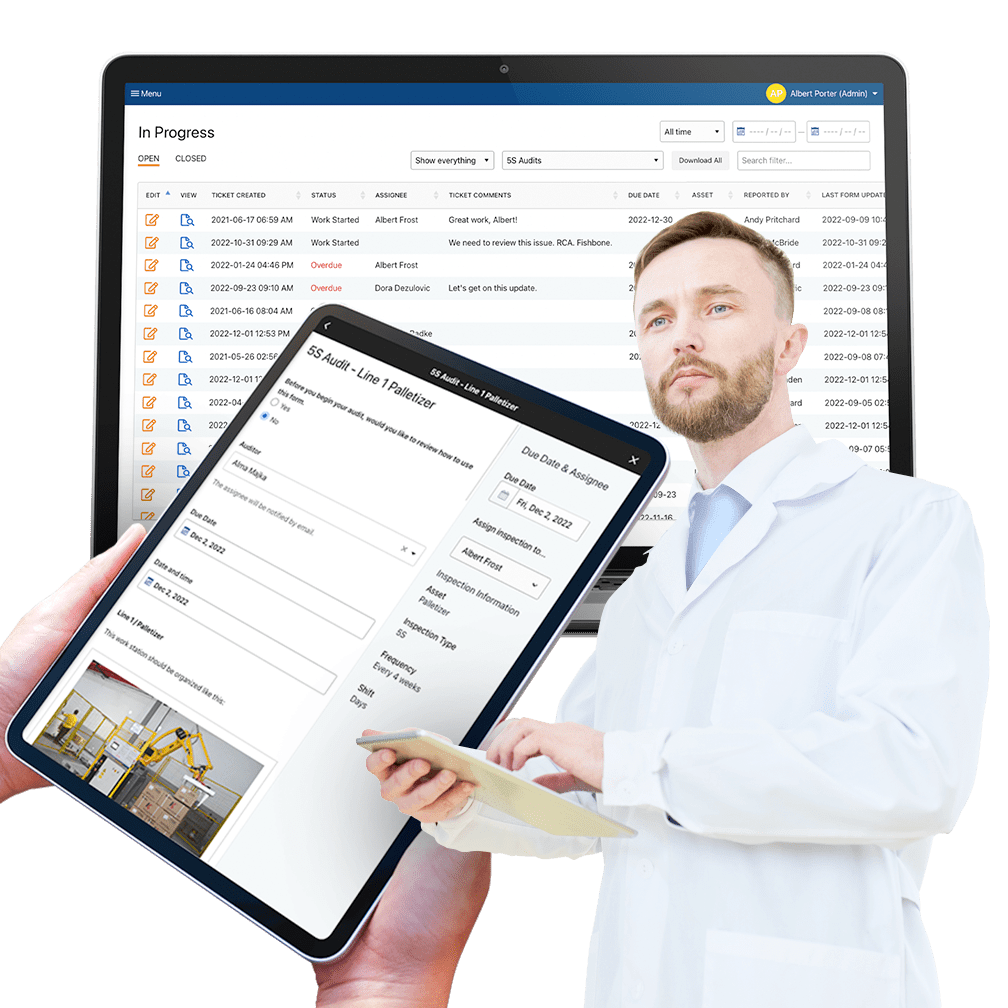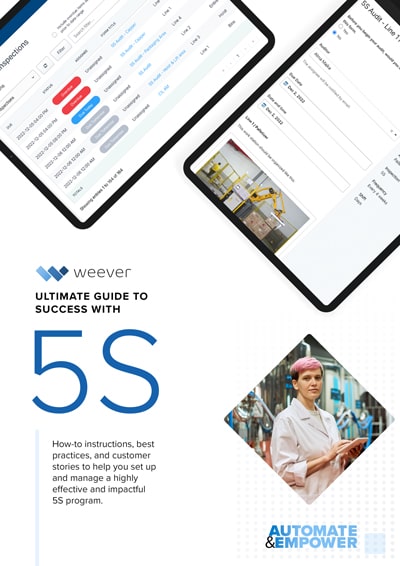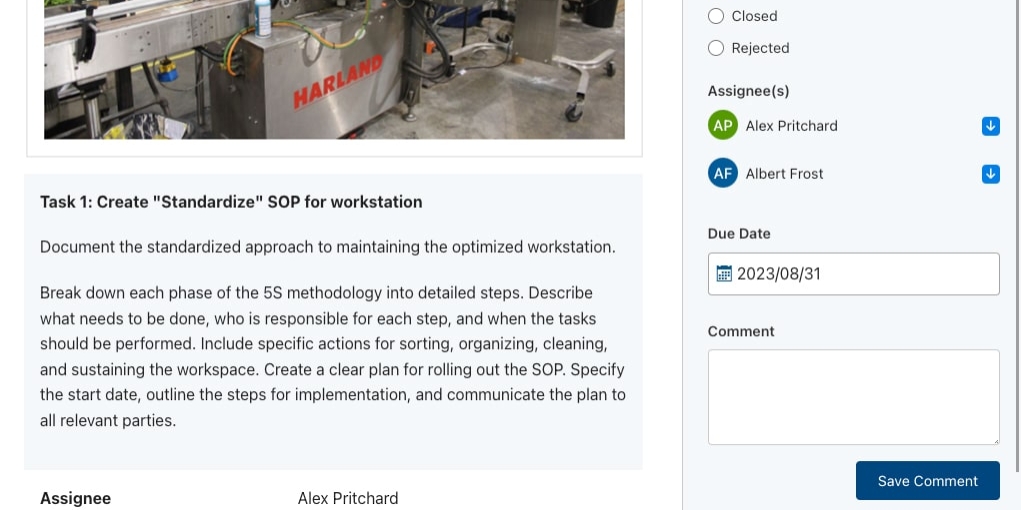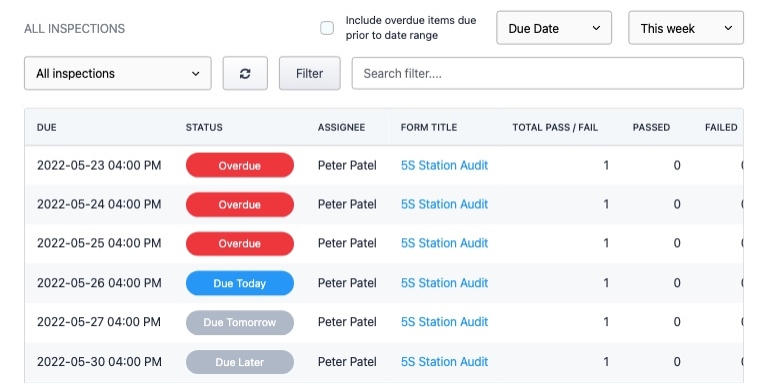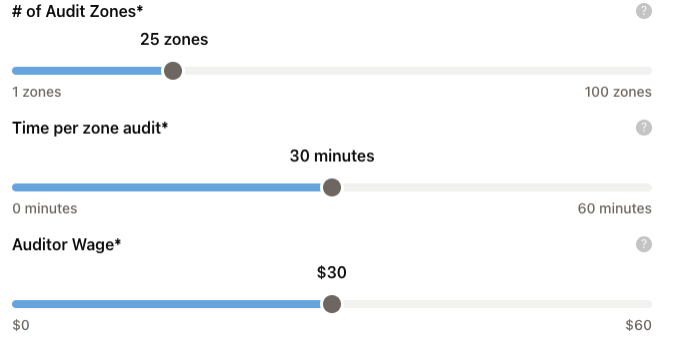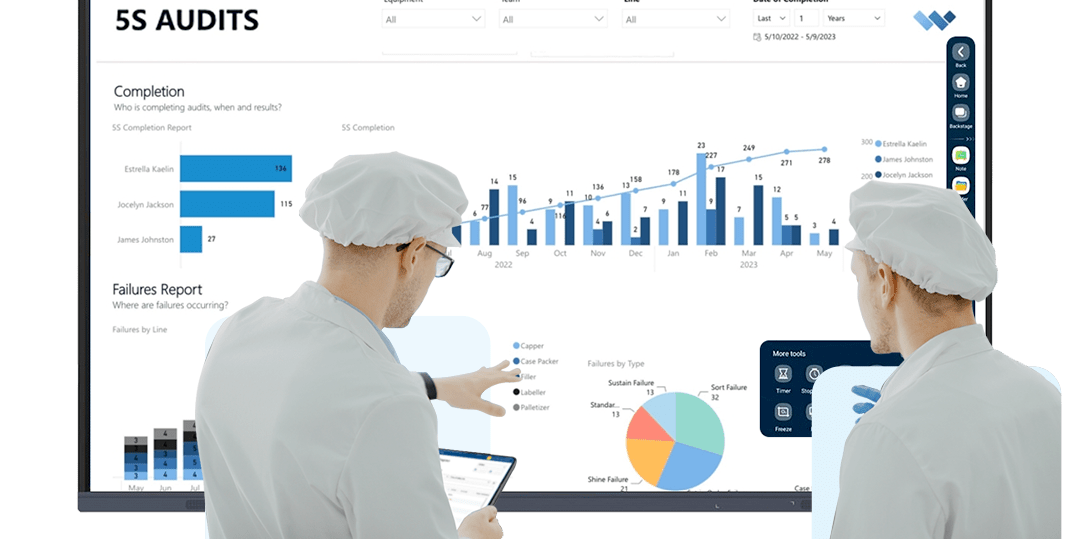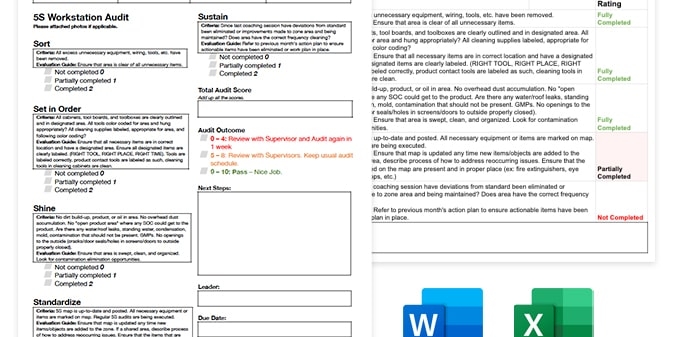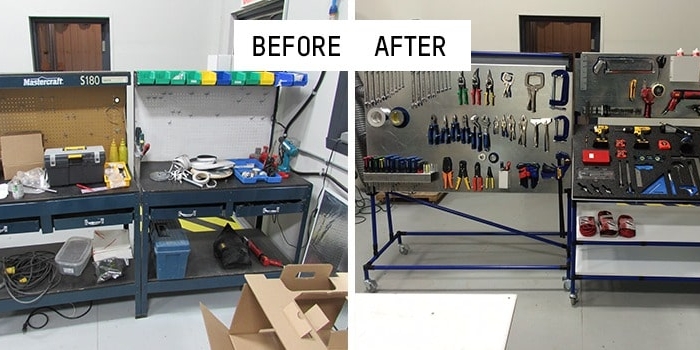Top Features to Include in Your Manufacturing Audit Checklist
Discover the key features for manufacturing audit checklists to ensure compliance, quality, and efficiency. Learn how Weever’s solutions enhance your manufacturing operations.
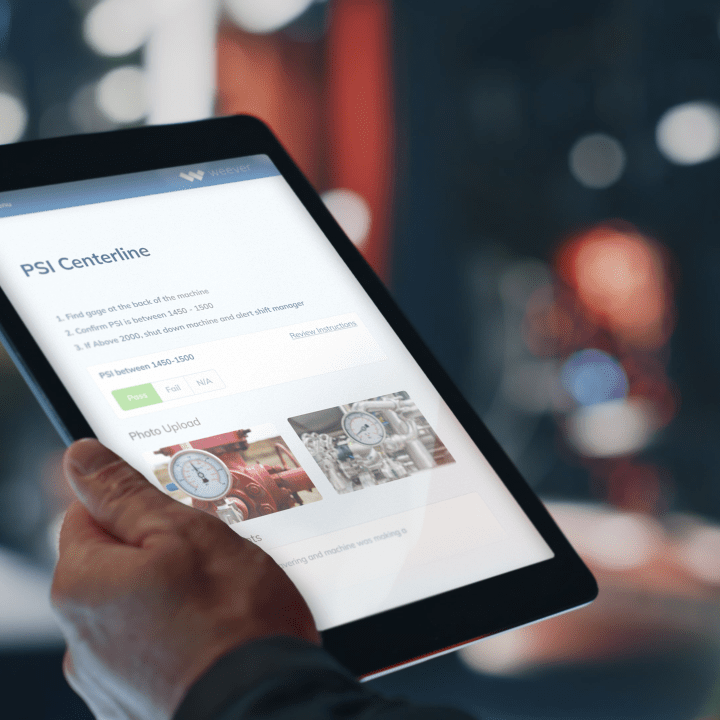
5S Overview
5S Planning
5S Implementation
5S Auditing
5S Audit Digitization
FREE RESOURCEs
Maintaining high standards is crucial for success in manufacturing. Every product that leaves the factory should meet strict quality, safety, and efficiency benchmarks. This is where a comprehensive audit checklist becomes essential. An audit checklist is a powerful tool that helps manufacturers keep track of their operations, ensuring that every step adheres to set standards. A well-structured audit checklist plays a vital role in the manufacturing process. It ensures compliance with industry regulations, helping manufacturers avoid costly fines and shutdowns. Additionally, it helps maintain high product quality by identifying and addressing issues early, before they become major problems. This proactive approach not only boosts the overall quality of the products but also enhances efficiency by streamlining processes and eliminating waste.
By regularly using audit checklists, manufacturers can ensure their operations run smoothly, consistently meeting high standards. In this blog, we will explore the key features to include in your manufacturing audit checklist, highlighting how each element contributes to better compliance, quality, and efficiency in your operations.
Maintaining Compliance and Regulatory Standards in Manufacturing
Ensuring regulatory compliance is essential in manufacturing. It keeps operations safe and aligns with industry standards. Including regulatory compliance checks in your audit checklist is a must, and there are a variety of tools available to help boost your compliance in manufacturing.
Why Include Regulatory Compliance Checks?
- Avoid costly fines and shutdowns.
- Ensure safety for workers and the environment.
- Maintain a positive reputation and trust with customers.
Consider Adopting Observation Forms
- These forms help monitor day-to-day operations.
- Ensure adherence to safety and environmental regulations.
- Provide a structured way to document compliance checks.
Incorporate Near Miss Reporting Software in Manufacturing Operations:
- Near miss reporting software helps identify potential hazards before they become serious issues.
- Encourages proactive measures to prevent accidents.
- Helps create a safer work environment by addressing risks early.
By incorporating these elements into your audit checklist, or by augmenting your audit process with such tools, you can maintain compliance, protect your workforce, and ensure smooth operations. Regularly reviewing and updating these checks will keep your manufacturing processes in line with the latest regulations, promoting a safe and efficient workplace.
Improved Quality Assurance Processes for Manufacturers
Quality control checks play a crucial role in this process by ensuring each product meets set specifications and identifying defects before products reach customers.
Why Are Quality Control Checks Vital?
- Ensure products meet industry and company standards.
- Identify and correct defects early.
- Maintain consistency and reliability in production.
Consider Adopting 5S Audit Scorecards
- Based on 5S principles: Sorting, setting in order, shining, standardizing, and sustaining practices.
- Promotes a clean, organized, and efficient workspace.
- Enhances productivity and reduces errors.
Leveraging Increasingly Integrated Work Systems
- Streamline quality assurance processes by connecting various production stages.
- Improve communication and coordination among different departments and between different business systems and software.
- Ensure all quality control measures are consistently applied.
By incorporating these elements into your manufacturing operations, you can ensure high-quality products, reduce waste, and improve overall efficiency. Regular use of quality control checks, the 5S audit scorecard, and integrated work systems helps maintain high standards and fosters continuous improvement. This leads to better products, satisfied customers, and a stronger market position.
How Manufacturers Can Optimize Operational Efficiency
Auditing for efficiency is essential for identifying bottlenecks and waste in manufacturing processes. These checks help pinpoint areas where production slows down or resources are wasted, enabling manufacturers to make necessary adjustments and improve productivity.
5S Audit Scorecards
- Optimize individual workspaces in your manufacturing production line with the systematic 5S approach.
- Find sources of waste and inefficiency in each separate process or team, boosting that area’s efficiency.
- Foster a culture of continuous improvement and employee ownership over their work areas.
Program Templates
- Standardize procedures across the production line.
- Improve workflow by providing clear, consistent guidelines.
- Ensure all employees follow best practices, reducing errors and increasing efficiency.
Predictive Maintenance:
- Anticipate and prevent equipment failures before they occur.
- Reduce downtime by scheduling maintenance during non-peak hours.
- Extend the lifespan of machinery and maintain smooth operations.
By incorporating these strategies, manufacturers can enhance their operational efficiency, reduce costs, and improve overall productivity. Regular efficiency checks, standardized procedures through program templates, predictive maintenance, and the use of 5S audit scorecards will ensure a streamlined and reliable manufacturing process. These practices lead to a more efficient operation, ultimately boosting the bottom line.
Configurable Solutions for Specific Manufacturer Needs with Weever’s Software
Weever’s configurable audit checklists offer significant benefits by being tailored to specific manufacturing processes. This configurability ensures that each checklist addresses unique operational requirements, enhancing its relevance and effectiveness.
With Weever’s software, manufacturers can create audit checklists that fit their exact needs, ensuring comprehensive coverage of critical areas. For example, safety protocols can be reconfigured to focus on particular measures relevant to a specific operation. Quality checks can be adjusted to emphasize the standards required for different products, and maintenance schedules can include tailored checks to suit various machinery and equipment.
The flexibility offered by Weever’s solutions allows for easy modification and updating of checklists as processes evolve. This adaptability ensures that audits remain effective and relevant, continually aligning with changing operational needs. Weever’s software makes it easier for manufacturers to maintain high standards, ensuring audits are always aligned with their specific goals.
Read our Ultimate Guide for 5S Auditing
Continue Learning about 5S

bandjlogo

Bell-logo-New

Canadian-Tire-Logo

Diageo-customer-logo

greyston-bakery-logo

hello-fresh-customer

marks-customer-logo

CSL_Limited_logo

monin-logo

Winland Food

Mars-logo-main

rise-baking-customer-logo

Rockwool-Customer-Logo-min

Sportcheck-customer-logo

unilever-customer-logo

walmart-logo-small

husqvarna-customer-logo

Ajinomoto_logo

Peet's_Coffee_logo

Royal-Canin-Logo
